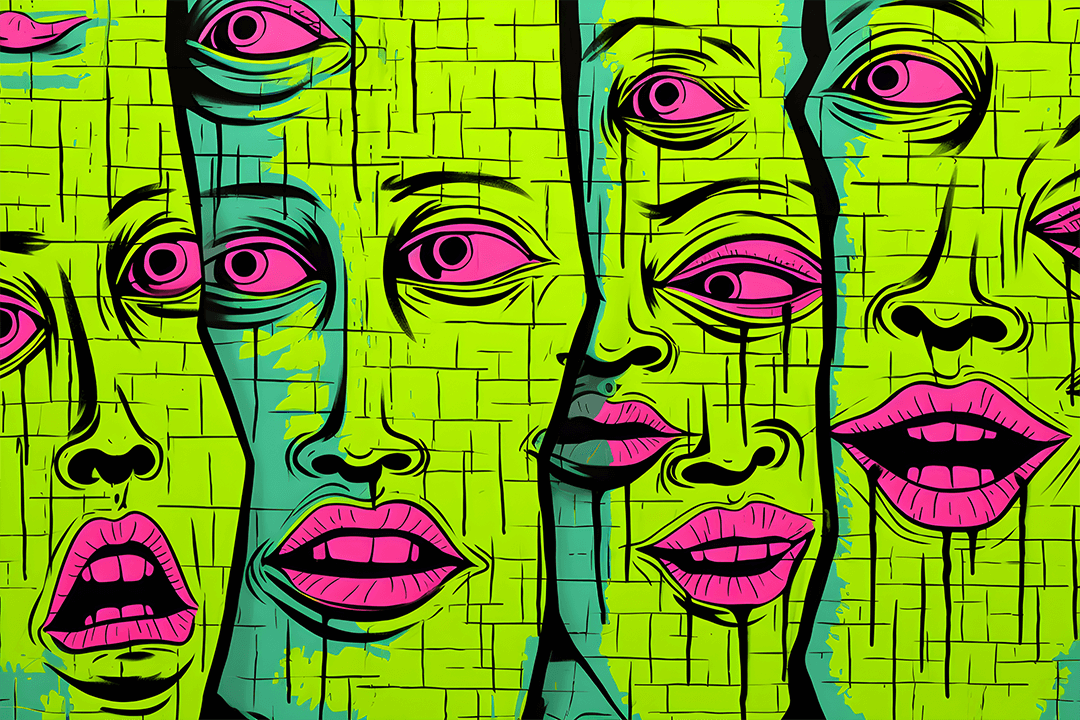Designing with Harmony: How "The Universal One" Principles Can Enhance Your Designs
Designing with harmony using "The Universal One" principles enhances the design process. Concepts such as rhythmic balanced interchange & law of repetition can create aesthetically pleasing designs that communicate meaning and evoke emotions in the viewer.
In the beginning, there was rhythm. "The Universal One" is a seminal work by Walter Russell, a scientist, artist, and philosopher who proposed a unified theory of everything that encompasses all aspects of the universe, from atoms to galaxies. While the book covers a wide range of topics, including cosmology, spirituality, and metaphysics, there are some valuable principles that can be applied to design work. In this article, we'll explore lightly how to implement the principles from "The Universal One" in design work.
One of the central ideas in "The Universal One" is the concept of rhythmic balanced interchange, which refers to the dynamic interplay between opposites in the universe, such as light and dark, expansion and contraction, and male and female. In design, this principle can be applied by using contrast and balance to create dynamic compositions that draw the viewer's eye and create a sense of harmony. By using contrasting colors, shapes, and textures in a balanced way, you can create designs that are visually appealing and emotionally engaging.
Another key principle in "The Universal One" is the concept of the wave, which refers to the fundamental pattern of vibration that underlies all matter and energy in the universe. In design, this principle can be applied by using the sine wave principle and rhythm to create visual patterns that convey a sense of movement, harmony, and energy. By repeating elements such as lines, shapes, or colors in a rhythmic pattern, you can create designs that are visually interesting and create a sense of flow.
Finally, "The Universal One" emphasizes the importance of understanding the underlying principles of the universe and using them to create harmonious and balanced creations. Use this in your designs, it will automatically appeal to us, and mix it in with the fundamental principles of composition, color theory, and typography to create designs that are both aesthetically pleasing and effective in conveying a message or emotion.
In conclusion, reading this book and learning the principles that the book presents have had a significant impact on the work I've done with marketing visuals, web design, and UX. "The Universal One" truly offers a wealth of valuable insights that are rarely spoken of in the design field and great principles that can be applied to all kinds of design work. By using rhythmic balanced interchange, the sine wave, and a deep understanding of universal harmony and fundamental design principles, designers can create visually stunning and emotionally engaging, and moving designs that stand the test of time.




